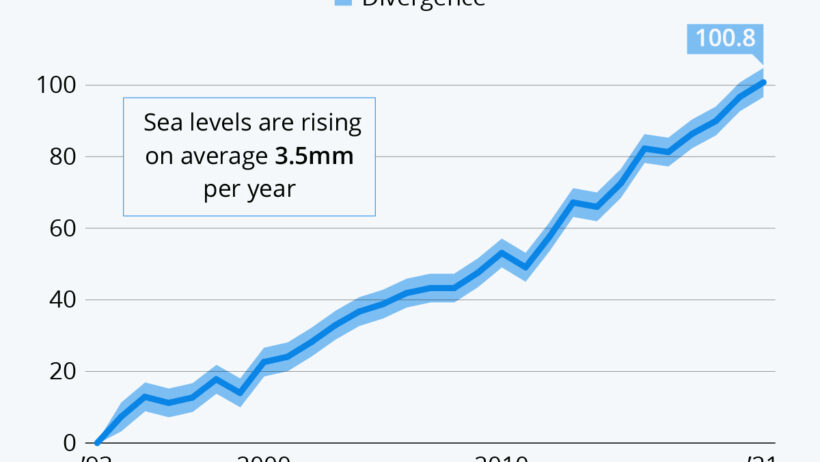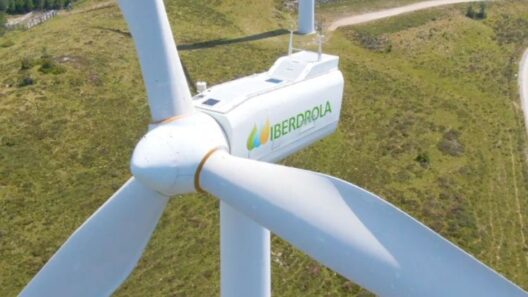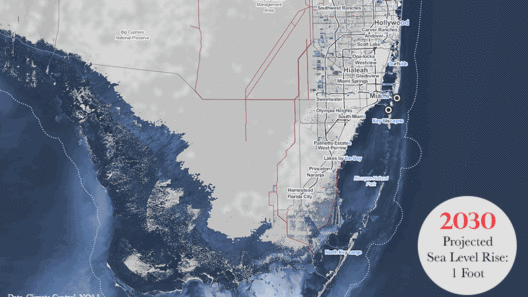As coastal communities brace for inevitable changes, an ever-pressing question emerges: How much are sea levels rising per year? This topic is not merely academic; it bears enormous implications for ecosystems, economies, and human safety. Understanding the nuances of sea level rise involves delving into various scientific phenomena, data trends, and the socio-economic repercussions that play out across the globe.
To grasp the current zeitgeist of sea level changes, we must first examine what has been documented over the recent decades. Globally, average sea levels have risen about 8 to 9 inches since the late 19th century, driven predominantly by two key factors: the thermal expansion of seawater as it warms and the melting of ice sheets and glaciers. That is the macro perspective, yet this trend is not uniform. Variability abounds due to geographical, meteorological, and anthropogenic factors.
As the climate warms, one might ponder: Are we on a steady course toward catastrophe, or is there room for optimism? To navigate this maze of complexity, let’s delve into how we measure sea level rise and what the data conveys.
The Science of Measurement: How We Gauge Sea Level Rise
Understanding sea level rise begins with the methodology of measurement. Satellite altimetry has revolutionized how scientists monitor the oceans. These satellites provide a bird’s-eye view, capturing not only average sea levels but also regional differences that reflect local conditions. Tide gauges, positioned along coastal lines, complement these observations by providing detailed historical data.
The combined insights from satellite and ground observation allow for a nuanced understanding. For instance, while global averages indicate a general upward trend, some regions experience pronounced effects due to geographic-specific factors such as ocean currents, land subsidence, and even tectonic movement. This differentiation invites a critical examination of localized implications, urging policymakers to consider tailored responses rather than blanket solutions.
Moreover, the disparities in sea level rise present a challenge. Regions like the Gulf of Mexico are experiencing a rise that is almost double the global average, primarily due to land subsidence and ocean currents that funnel water toward the coast. Subsequently, these variations challenge resilience measures in affected areas, as preparedness must account for localized circumstances rather than relying on macro-level trends.
The Annual Trends: What the Data Shows
When we quantify sea level rise, the annual trend is noteworthy. Recent studies indicate that the global average sea level has increased at a rate of approximately 3.3 millimeters per year since the early 1990s. This figure, while seemingly modest, compounds over time. For instance, it leads to nearly a foot of total rise by the end of the century if trends persist. Moreover, a gentle nudge in rates can lead to exponentially greater challenges. Scientists postulate that if greenhouse gas emissions are not curtailed, we might see an acceleration of this rise.
Interestingly, the Sea Level Rise and Coastal Flooding Impacts Viewer, developed by the National Oceanic and Atmospheric Administration (NOAA), allows us to visualize future potential scenarios based on various emission pathways. Will cities like Miami or New Orleans still be habitable by the end of the century? Such inquiries underscore the urgency surrounding sea level discussions.
Beyond mere numbers, the emerging sea level forecasts paint alarming pictures for coastal cities. Vulnerable communities, especially marginalized ones, face a unique predicament. Why? Their socioeconomic status often dictates their capacity to adapt, making it even more imperative to tackle these issues with equity at the forefront of climate action.
Climate Feedback Loops: A Compounding Challenge
If the conundrum of sea level rise wasn’t complex enough, we must also consider the climate feedback loops exacerbating the situation. For instance, as ice sheets in Greenland and Antarctica continue to melt, they release freshwater into oceans, altering salinity and potentially influencing global ocean currents. These currents, essential for distributing heat and regulating climate, are now at risk of disruption. What might this mean for coastal living? Think about changes to hurricanes, storm surges, and even seasonal weather patterns.
This phenomenon underlines the interconnectedness of systems. A rise in sea levels does not merely involve standing water, but also impacts agricultural practices, freshwater resources, and biodiversity. It begs a reflection on how interwoven our environmental challenges are and the need for a comprehensive approach to sustainable development.
A Call to Action: Policies and Community Engagement
What can be done? A keen engagement with the facts propels communities to advocate for effective policies. Rising sea levels demand strategic, proactive approaches, including coastal restoration projects, improved zoning laws, and robust infrastructure development. Furthermore, public engagement initiatives, emphasizing awareness and adaptation strategies, can foster resilience in at-risk populations.
While there is no panacea for the challenges posed by rising sea levels, cooperative efforts aimed at individual communities can pave the way for meaningful change. Scientists, policymakers, and citizens must occupy a shared space in this dialogue, enhancing the social discourse around climate action through educational programs and outreach initiatives.
To sum up, the annual changes in sea levels extend beyond mere statistics; they are harbingers of change that compel action. The trajectory we set today shapes the lives of future generations, underscoring the urgent need for informed decision-making and sustainable practices. As we consider potential adaptations, let us confront the intriguing questions and challenges presented by the science we discover. How will we navigate this shifting landscape? Only through concerted efforts, rigorous examination of the data, and community commitment will we safeguard our future against the rising tides.







